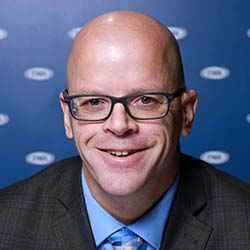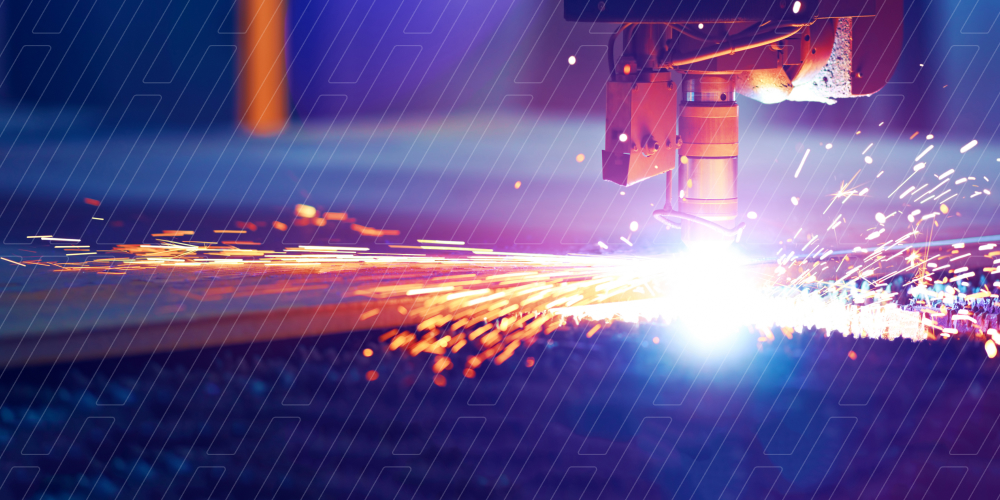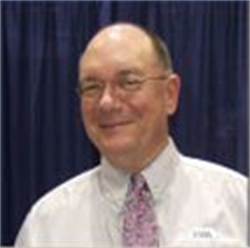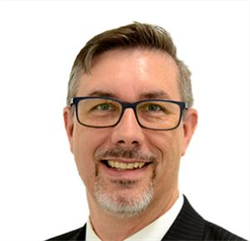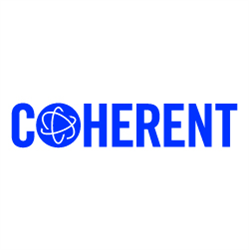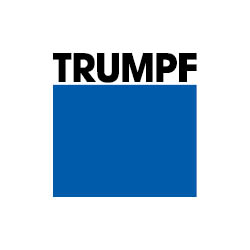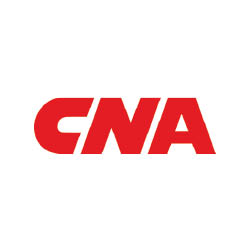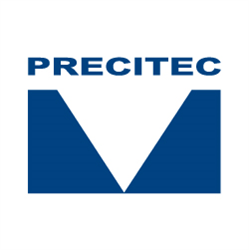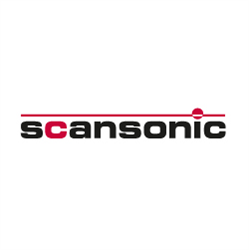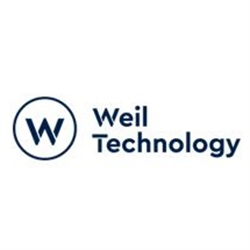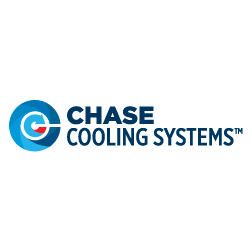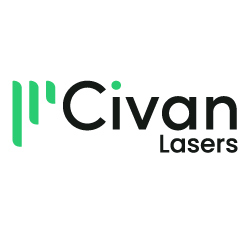Advanced Laser Application Workshop
Mark your calendars! The 31st Advanced Laser Applications Workshop (ALAW) will take place from June 25-27 at the Suburban Collection Showcase in Novi, Mich.
ALAW consistently attracts the industry’s best. Connect with manufacturers and suppliers working in the automotive, aerospace, agriculture, and fabrication space. Enjoy three days of presentations from leading experts, cutting-edge demonstrations, and fascinating open houses. 20+ exhibits will showcase the latest advancements and applications that are shaping the future of the industry.
Event Details
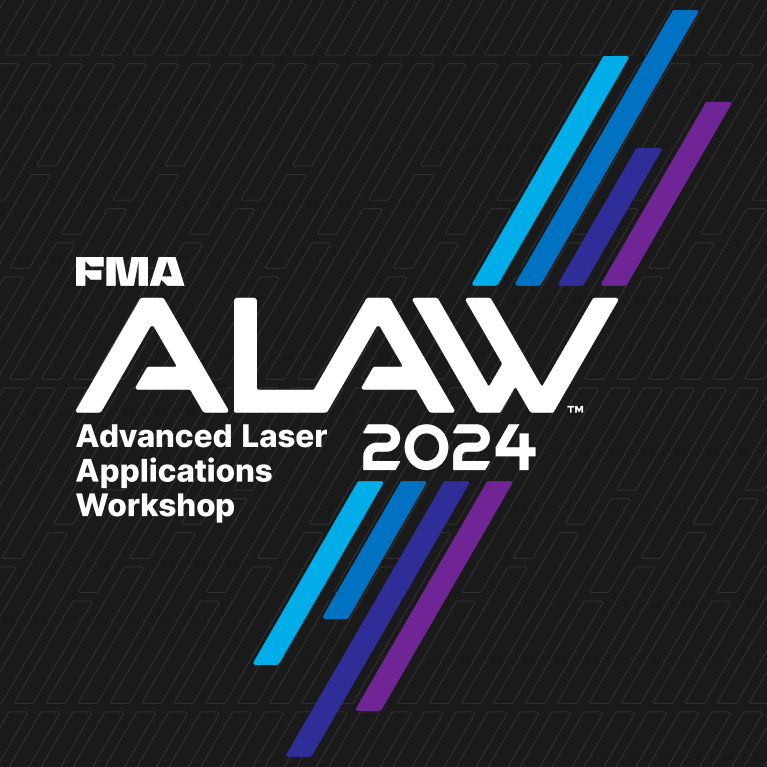
ALAW 2024
June 25-27, 2024
Registration
Stay Up-To-Date
Featured Speakers
Networking and Special Events
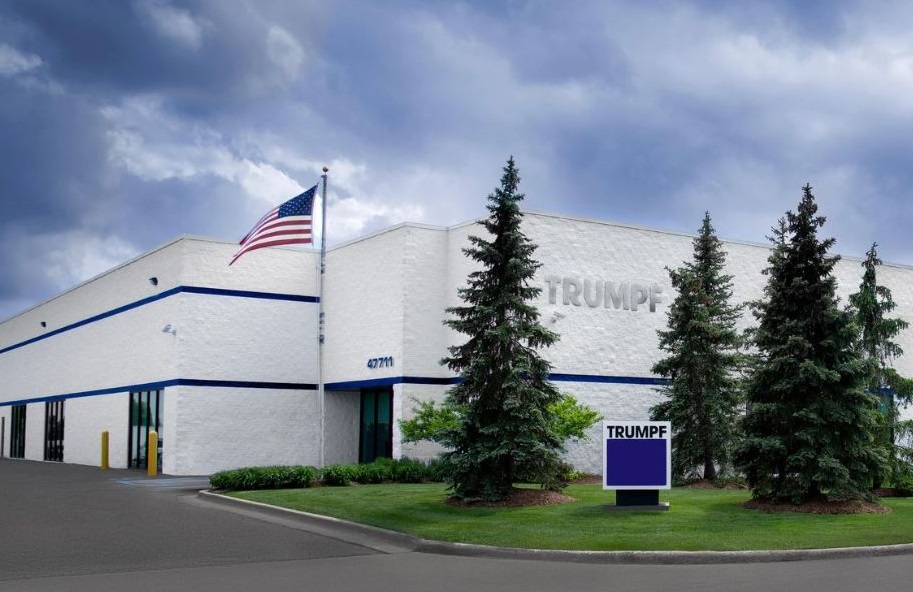
TRUMPF Laser Tech Center Open House
June 25, 2024 5-8 p.m.
TRUMPF Laser Technology Center | 47711 Clipper St | Plymouth, MI 48170
The Laser Technology Center brings the full range of laser material processing techniques under one roof. Enjoy an evening of machine demonstrations demonstrating TRUMPF's intelligent solutions for material structuring, surface treatment, marking, cutting, and joining, technical discussions with some of TRUMPF's industry partners, networking, food, and drinks.
nLIGHT Open House
June 26, 2024 5-7 p.m.
nLIGHT Inc | 39100 Country Club Dr | Farmington Hills, MI 48331
nLIGHT Inc. is the leading provider of high-power semiconductor lasers and fiber lasers for industrial, microfabrication, and aerospace and defense applications. Join nLIGHT and its partners for an afternoon of dynamic demonstrations featuring the latest in fiber laser processing.
Precitec Open House
June 26, 2024 6:30-8:30 p.m.
Precitec Inc | 28043 Center Oaks Ct | Wixom, MI 48393
Precitec invites you to their US Headquarters in Wixom, Mich. Precitec will showcase their latest advanced beam delivery systems for the eMobility market including live demonstrations featuring fiber laser solutions from Coherent. While enjoying some delicious food and drinks there will be plenty of time to chat with their experts and enjoy the networking with your industry peers.
Fraunhofer Open House
June 27, 2024 12:30-4 p.m.
Fraunhofer USA | 46025 Port St | Plymouth, MI 48170
Fraunhofer USA, Inc. is a research and development organization working with industry, universities, and state and federal governments on contract research projects. Experience welding application demos featuring state of the art lasers from IPG, Laserline, Coherent, and TRUMPF.
Sessions
Registration Desk Open
TRUMPF Laser Tech Center Open House
TRUMPF Laser Technology Center | 47711 Clipper St | Plymouth, MI 48170
The Laser Technology Center brings the full range of laser material processing techniques under one roof. Enjoy an evening of machine demonstrations demonstrating TRUMPF's intelligent solutions for material structuring, surface treatment, marking, cutting, and joining, technical discussions with some of TRUMPF's industry partners, networking, food, and drinks.
Registration Desk Open
Exhibits Open
Breakfast
Opening Remarks
Keynote: The Future of Batteries
16 Years of Laser Welding Technology at GM
Electrification of the Sky: The Unique Laser Welding Requirements of the EVTOL Industry
Ford Motor Co Laser Applications in 2024
Planning for Laser Welding in the EV World
New Concepts and Technologies in Laser Welding and Clamping of Bipolar Plates for Fuel Cell Production
Leak-tight Aluminum Cooling Solutions for Batteries with Laser Welding
Networking Lunch
Critical Laser Characteristics to Measure to Ensure Consistent Processing
Large Format Cylindrical Cells: An Overview of Laser Applications
Improving Robotic Cutting of Automotive Aluminum Castings and Other Variable Thickness Components with Motorized Focus Position
Hotwire Laser Welding of Aluminum Alloys for Automotive Battery Trays
Online Process Monitoring for Electric Vehicle Laser Welding Applications
Comparing Continuous Wave (CW) and Pulsed Laser Welding of Aluminum Busbars to the Terminal of Prismatic Battery Cells
Reaching the Next Level of Laser Welded High Performance Transmission Components
Process Comparison of Hot Wire Laser and GMAW on HSLA & Gen III Steels
nLIGHT Open House
nLIGHT Inc | 39100 Country Club Dr | Farmington Hills, MI 48331
nLIGHT Inc. is the leading provider of high-power semiconductor lasers and fiber lasers for industrial, microfabrication, and aerospace and defense applications. Join nLIGHT and its partners for an afternoon of dynamic demonstrations featuring the latest in fiber laser processing.
Precitec Open House
Precitec Inc | 28043 Center Oaks Ct | Wixom, MI 48393
Precitec invites you to their US Headquarters in Wixom, Mich. Precitec will showcase their latest advanced beam delivery systems for the eMobility market including live demonstrations featuring fiber laser solutions from Coherent. While enjoying some delicious food and drinks there will be plenty of time to chat with their experts and enjoy the networking with your industry peers.
Registration Desk Open
Exhibits Open
Breakfast
Make new connections over breakfast and coffee.
Keynote: Now What? - An Economy in Constant Flux
Innovative Automotive Applications with Visible and Infrared High Power Diode Lasers
Pores and Spatters Reduction for Copper and Aluminum Laser Welding with MPLC Beam-Shaping Solutions
Highly Productive e-Mobility Welding Applications
Advances in Laser Drying and Cleaning Applications for Automotive Manufacturing
Dynamic Beam Laser Latest Results and Insights
Closing Remarks
Fraunhofer Open House
Fraunhofer USA | 46025 Port St | Plymouth, MI 48170
Fraunhofer USA, Inc. is a research and development organization working with industry, universities, and state and federal governments on contract research projects. Experience welding application demos featuring state of the art lasers from IPG, Laserline, Coherent, and TRUMPF.
*Sessions, dates, and times are subject to change.
Sponsors
Contact
Program Information
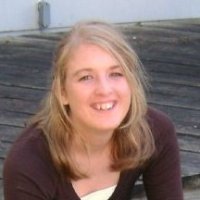
Sponsor Information
